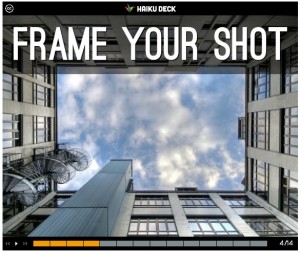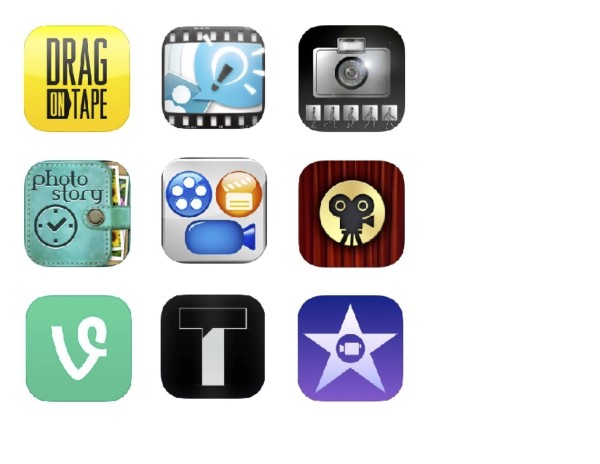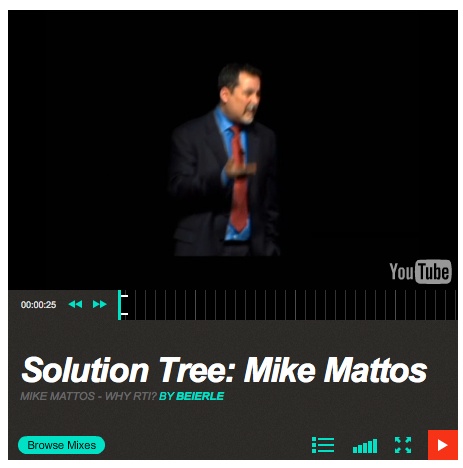It’s that magical, magical time of the year again!
No, not the end of the school year. (STOP THAT.)
I meant it’s the time of year when your students have a lot of opportunities to share out their year’s worth of learning. And here are 4 great apps for creating presentations on your iPad.
1. Touchcast
Touchcast lets students pull links, videos and even interactive polls directly into their videos, as well as letting them easily create scenes in front of a green screen. Imaginary assignment: Have your students file an on-the-spot “news report” from locations around the globe. Also underwater. And from the center of the earth. And in space.
Seriously, someone should do this. Then send us the link, and we’ll showcase your students’ work on this blog. Is that a deal or what?

2. Aurasma
Check it out: you can now make auras directly from the iPad, inside the Aurasma app. A great opportunity to app-smash: have the student video themselves with the iPad’s camera, edit it in holy of holies iMovie, then embed the resultant polished product into a real-world artifact, like their school portrait, or a painting, or a hand-illustrated map of the U.S. Get a whole class-worth’s together and create an Aurasma-powered scavenger hunt around school for parents and visitors. Aurasma’s channel feature means that you control who sees the work, too.
Boom! End-of-year project sorted! All before your second cup of coffee!
Below, this music teacher pinned sheet music up, then embedded videos of student performances in those sheets. Y’all, teachers are so. Clever.
3. Animoto
Personally, I find Animoto the easiest app of the bunch to use when, for instance, you have a bunch of photos you just want to assemble into a montage (“Mon-tage!”) with some cheezy inspiring music laid over the top. It really is just two steps: first, tap tap tap each photo you want to include in the montage (“Mon-tage!”), then pick your music. DONE.
Here’s one I made earlier!
4. HaikuDeck

HaikuDeck‘s both easy to use and creates a polished, SlideShare-worthy presentation that, without audio, depends heavily on narrative and visual storytelling to engage the audience. It calls on a different set of cognitive skills and really makes students focus on the message over presentation style.
So! Those are my 4 favorites, but this educator found a whopping 15! Which ones do you use?



